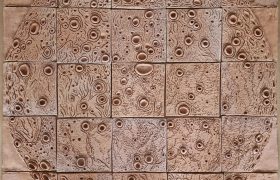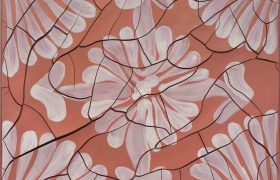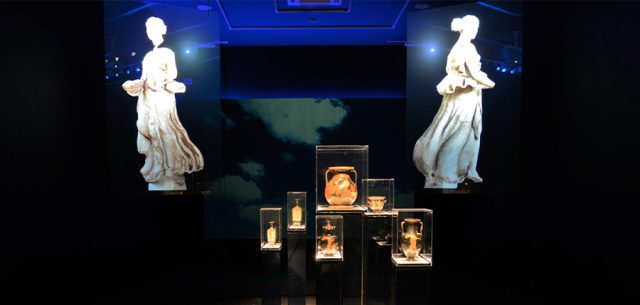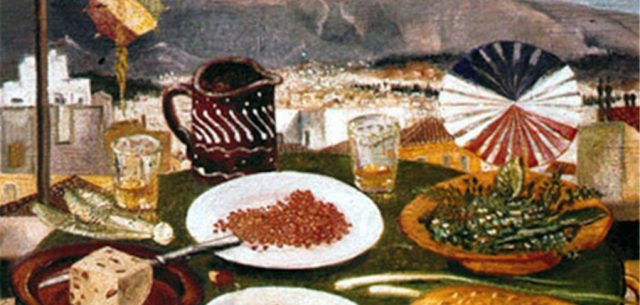Five things you didn’t know about the National Archaeological Museum
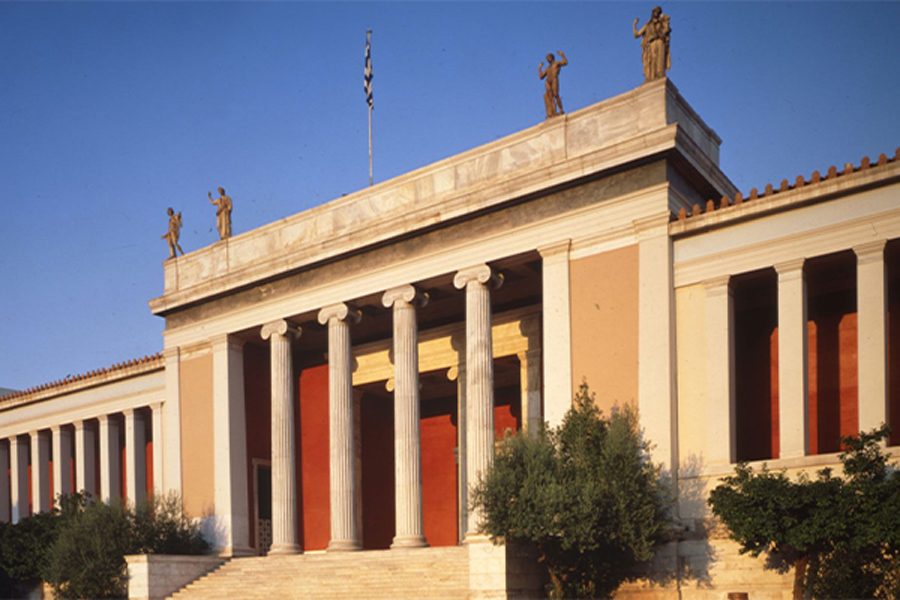
National Archaelogical Museum
The National Archaeological Museum is a must see for anyone visiting Athens. With more than 11,000 exhibits, the National Archaeological Museum is the largest museum in all of Greece and one of the most important in the entire world. Here are five things you probably didn’t know about the museum.
#01. The Rich History of the Museum itself.
Beyond the exhibits, the museum itself has a unique and rich history. Despite construction in 1866, the museum itself was not opened to the public until 1889. Throughout its history, the museum has not existed in isolation. Rather, the museum has been influenced by the events that took place in Greece throughout the same time. For instance, during World War II, the antiquities on display in the museum were boxed and buried throughout Greece in fear of German theft. During 1999, the earthquake that devastated most of Athens also damaged various collections throughout the museum. The damage from the earthquake resulted in the museum shutting its doors to the public before opening in 2004, in time for the Athens Olympic Games.
#02. The Pottery Collection
The National Archaeological Museum host more than 6,000 exhibits of pottery and vases. The collection displays the evolution of Greek pottery making from the period of 11th century BCE to the 4th century BCE. Migratory patterns across the Mediterranean led to the introduction of vase painting into Greece which marked the beginning of the Geometric period. The museum also displays work from the Archaic period, the Classical period, and the early Hellenistic period.
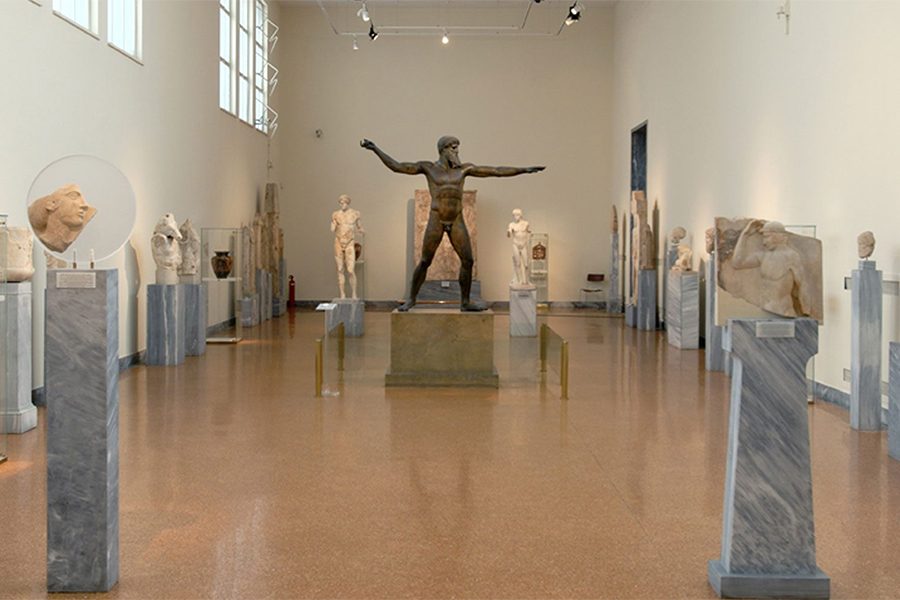
#03 The Egyptian Antiquities the Museum displays
Donations by Greek expatriates loannis Dimitriou in 1880 and Alexandros Rostovich in 1904 led to the creation of the Egyptian Antiquity display at the museum. The collection contains some of the most important and influential Egyptian Art in the world largely due to the artefact’s rarity, quality, and historical significance. The museum contains pieces from a variety of periods in Egyptian history such as the predynastic period, the dynastic period and the middle kingdom. Over the years, several individuals have contributed key pieces to the collection in addition to a donation by the Egyptian government who donated to the collection back in 1893.
#04 The Metalwork
The Bronze Collection at the National Archaeological Museum is one of the largest and most spectacular collection of bronze in the world. Many of the pieces in the museum were discovered during the excavations that took place during the late 19th and early 20th century across Athens. The artefacts depict warriors, animals, and mythological creatures. The works reveal the various metalworking techniques and capacities throughout various time periods in Greek and Roman history.
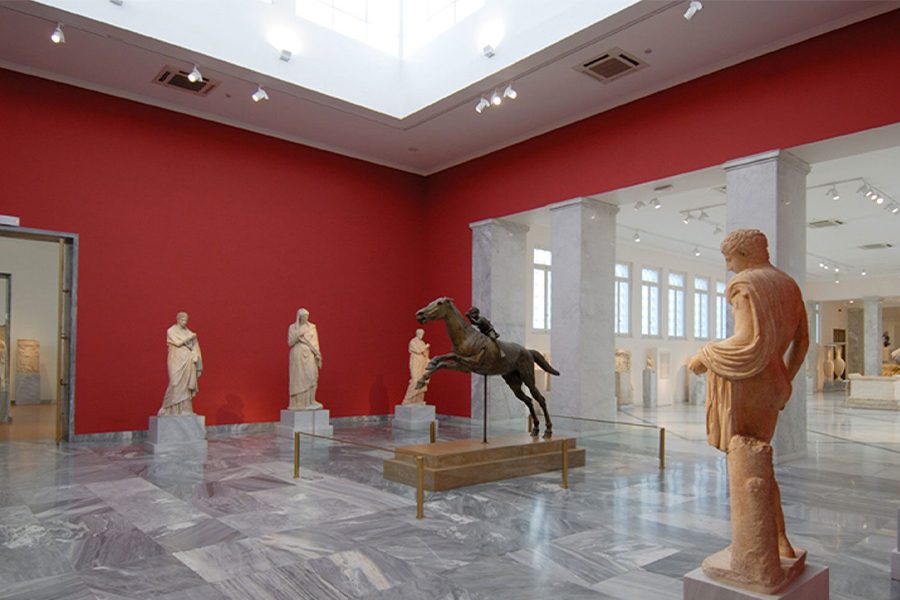
#05 The Photographic Archive
The National Archaeological Museum is home to a photographic archive which contains photographic documentation of the objects that are contained in the museum. With more than 250,000 negative pictures and photographs, the archive plays an important role in the documentation and study of the objects in the museum itself.
National Archaeological Museum| 28thOctober 44,Athens| Tel: +30.21 3214 4800| Website

